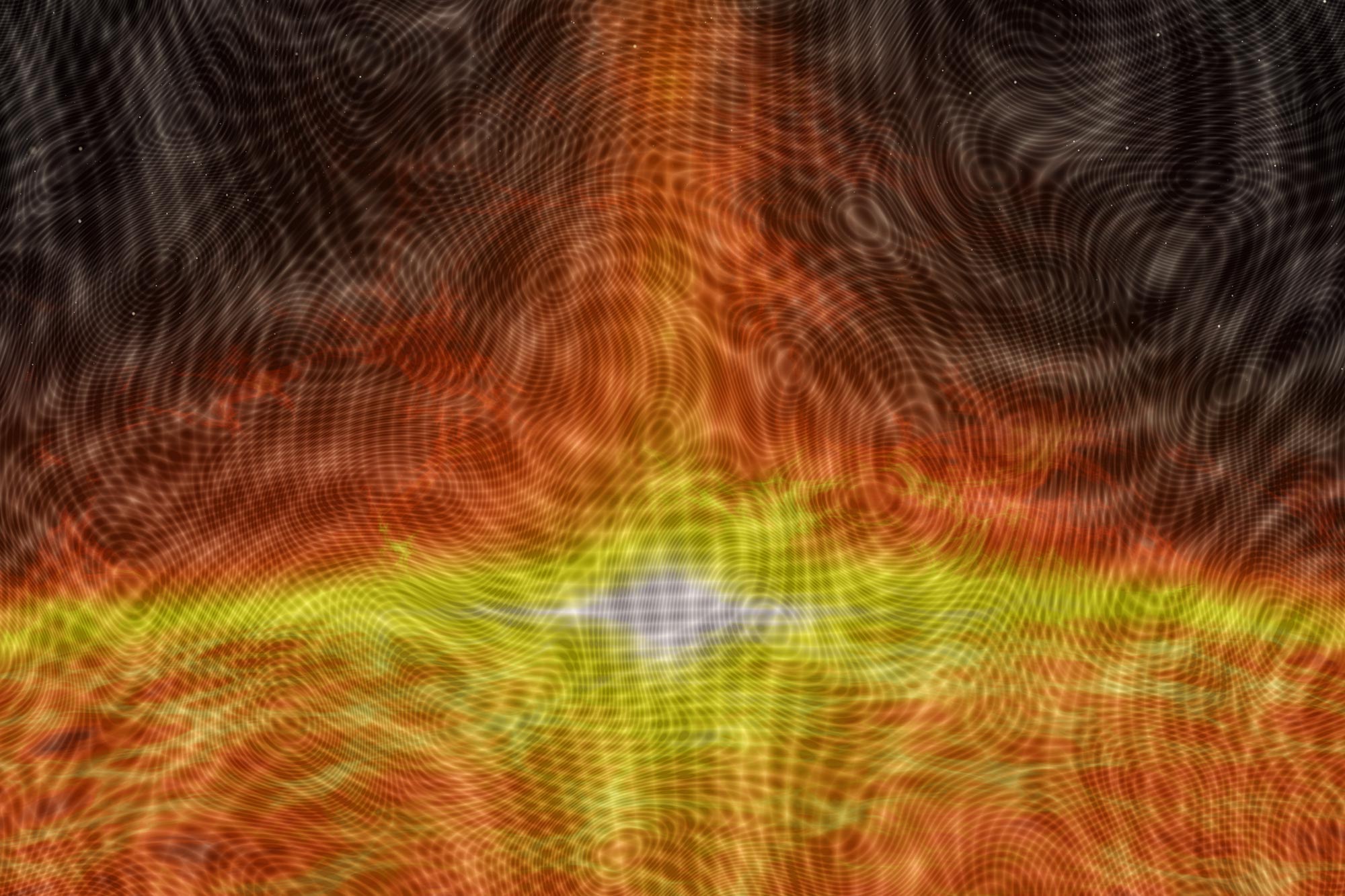
Fizycy odkryli nową fazę materii, „chiralny stan ciekły-Bosego”. Ten stan, odkryty podczas badania frustracji kinetycznych w układach kwantowych, wykazuje silne właściwości, takie jak niezmienny spin elektronu i splątanie dalekiego zasięgu. Odkrycie, które wymaga wysokich pól magnetycznych do obserwacji, poszerza naszą wiedzę o świecie fizycznym i może mieć zastosowanie w odpornym na błędy kodowaniu danych cyfrowych.
Dla fizyków eksperymentalnych frustracja kwantowa prowadzi do fundamentalnego odkrycia
Według profesora UMass Amherst, „boschiralny stan ciekły” to nowa faza materii.
Zespół fizyków, w tym profesor nadzwyczajny z University of Massachusetts Tigran Sedrakian, ogłosił niedawno w czasopiśmie Natura Odkryli nową fazę materii. Odkrycie, nazywane chiralnym stanem płynu Bosego, otwiera nową ścieżkę w starożytnych próbach zrozumienia natury świata fizycznego.
W codziennych warunkach materia może być stała, ciekła lub gazowa. Ale kiedy wyjdziesz poza każdy dzień – zbliżają się temperatury[{” attribute=””>absolute zero, things smaller than a fraction of an atom or which have extremely low states of energy—the world looks very different. “You find quantum states of matter way out on these fringes,” says Sedrakyan, “and they are much wilder than the three classical states we encounter in our everyday lives.”
Sedrakyan has spent years exploring these wild quantum states, and he is particularly interested in the possibility of what physicists call “band degeneracy,” “moat bands” or “kinetic frustration” in strongly interacting quantum matter.

Rendering of the moat band, which frustrates particles and leads to the chiral bose-liquid state. Credit: Tigran Sedrakyan
Typically, particles in any system bump into each other, and in so doing they cause predictable effects, like billiard balls knocking into each other and then reacting in a predictable pattern. In other words, the effects and the particles are correlated. But in a frustrated quantum system, there are infinite possibilities that stem from the interaction of particles—perhaps the billiard ball levitates or zooms off at an impossible angle—and some of these infinite possibilities can lead to novel quantum states.
What Sedrakyan and his colleagues have done is to engineer a frustration machine: a bilayer semiconducting device. The top layer is electron-rich, and these electrons can move freely. The bottom layer is filled with “holes,” or places that a roving electron can occupy. Then the two layers are brought extremely close together—interatomic close.
If the number of electrons in the top layer and holes in the bottom layer were equal, then you would expect to see the particles acting in a correlated manner, but Sedrakyan and his colleagues designed the bottom layer so that there is a local imbalance between the number of electrons and holes in the bottom layer. “It’s like a game of musical chairs,” Sedrakyan says, “designed to frustrate the electrons. Instead of each electron having one chair to go to, they must now scramble and have many possibilities in where they ‘sit’”.
This frustration kicks off the novel chiral edge state, which has a number of surprising characteristics. For instance, if you cool quantum matter in a chiral state down to absolute zero, the electrons freeze into a predictable pattern, and the emergent charge-neutral particles in this state will all either spin clockwise or counterclockwise. Even if you smash another particle into one of these electrons, or you introduce a magnetic field, you can’t alter its spin—it’s surprisingly robust and can even be used to encode digital data in a fault-tolerant way.
Even more surprising is what happens when an outside particle does smash into one of the particles in the chiral edge state. To return to the billiard-ball metaphor, you would expect to send the eight-ball flying when the cue ball smacks into it. But if the pool balls were in a chiral bose-liquid state, all 15 of them would react in exactly the same way when the eight-ball was struck. This effect is due to the long-range entanglement present in this quantum system.
It is difficult to observe the chiral bose-liquid state, which is why it has remained hidden for so long. To do so, the team of scientists, including theoretical physicists Rui Wang and Baigeng Wang (both of Nanjing University) as well as experimental physicists Lingjie Du (Nanjing University) and Rui-Rui Du (Peking University) designed a theory and an experiment that used an extremely strong magnetic field that is capable of measuring the movements of the electrons as they race for chairs.
“On the edge of the semiconductor bilayer, electrons and holes move with the same velocities,” says Lingjie Du. “This leads to helical-like transport, which can be further modulated by external magnetic fields as the electron and hole channels are gradually separated under higher fields.” The magneto-transport experiments therefore successfully reveal the first piece of evidence of the chiral bose-liquid, which the authors also call the “excitonic topological order” in the published paper.
Reference: “Excitonic topological order in imbalanced electron–hole bilayers” by Rui Wang, Tigran A. Sedrakyan, Baigeng Wang, Lingjie Du and Rui-Rui Du, 14 June 2023, Nature.
DOI: 10.1038/s41586-023-06065-w
This work was supported by the National Key R&D Program of China, the National Natural Science Foundation of China, the Program for Innovative Talents and Entrepreneurs in Jiangsu, the Xiaomi Foundation, the Chinese Academy of Sciences, and the National Science Foundation.

„Amatorski przedsiębiorca. Profesjonalny ekspert od internetu. Człowiek zombie. Nieuleczalny badacz popkultury”.
